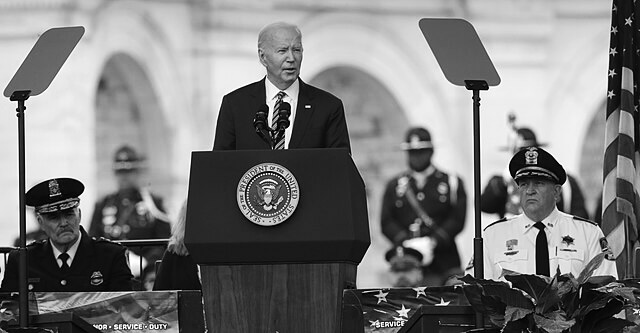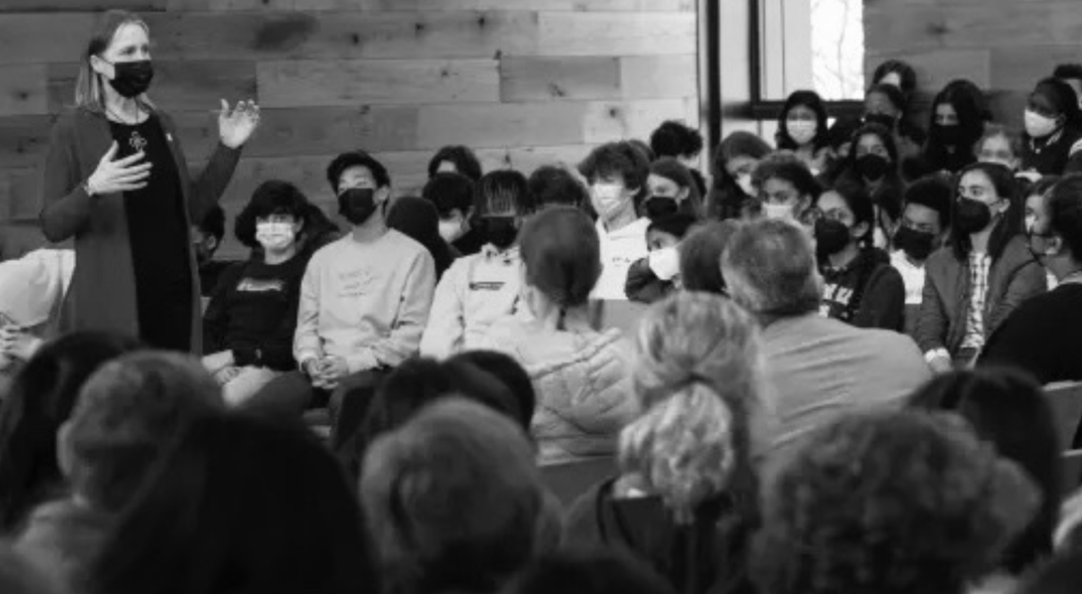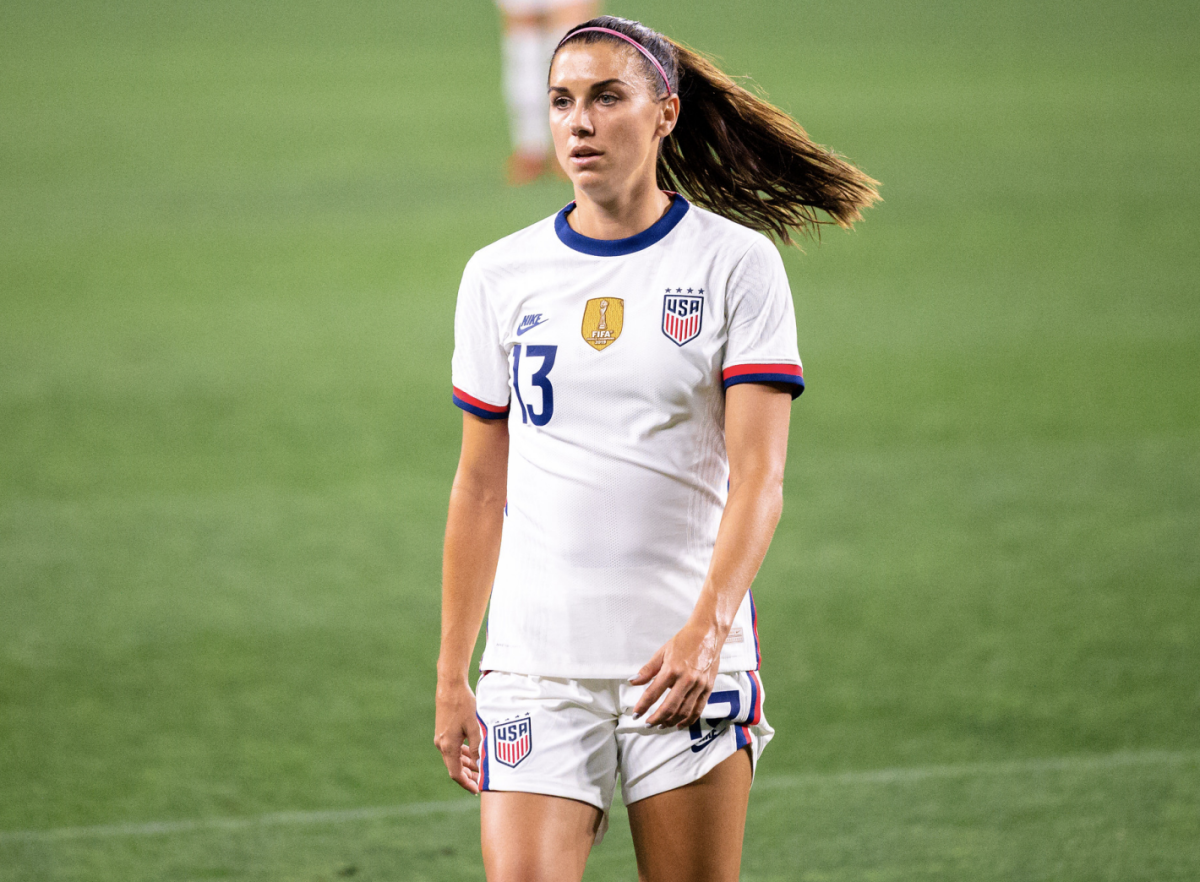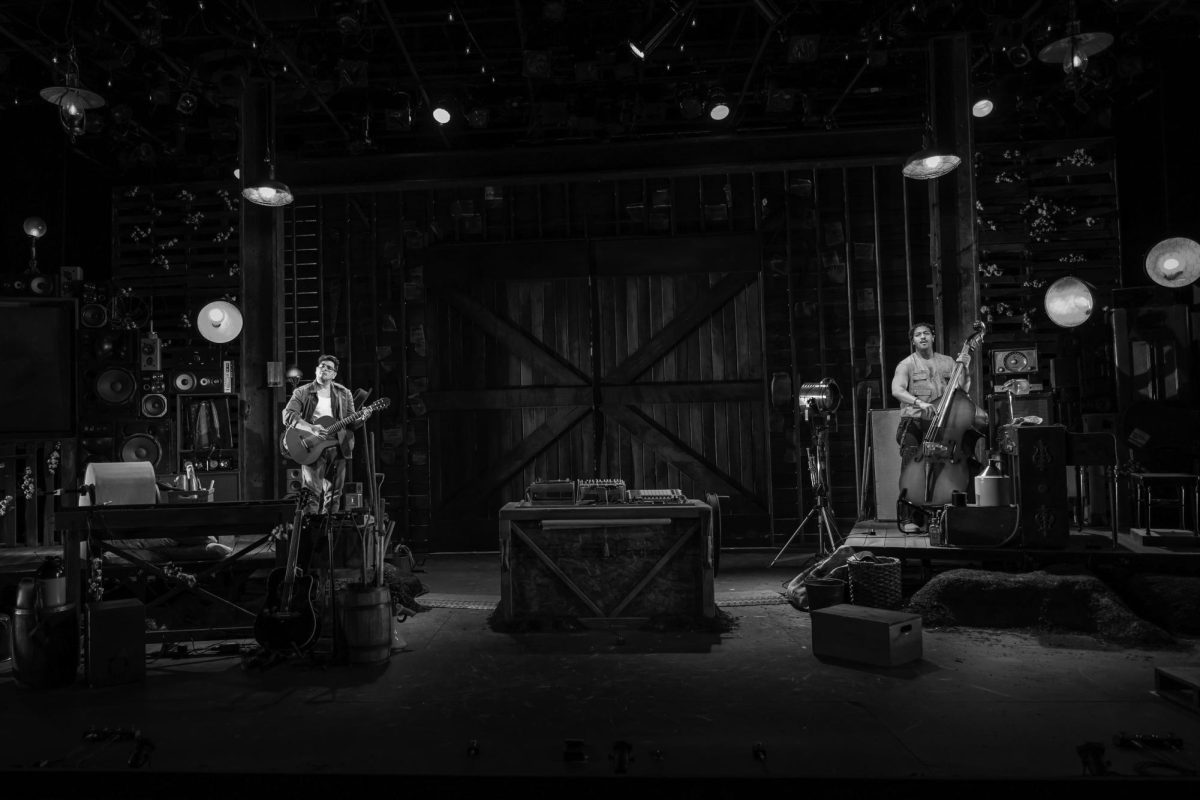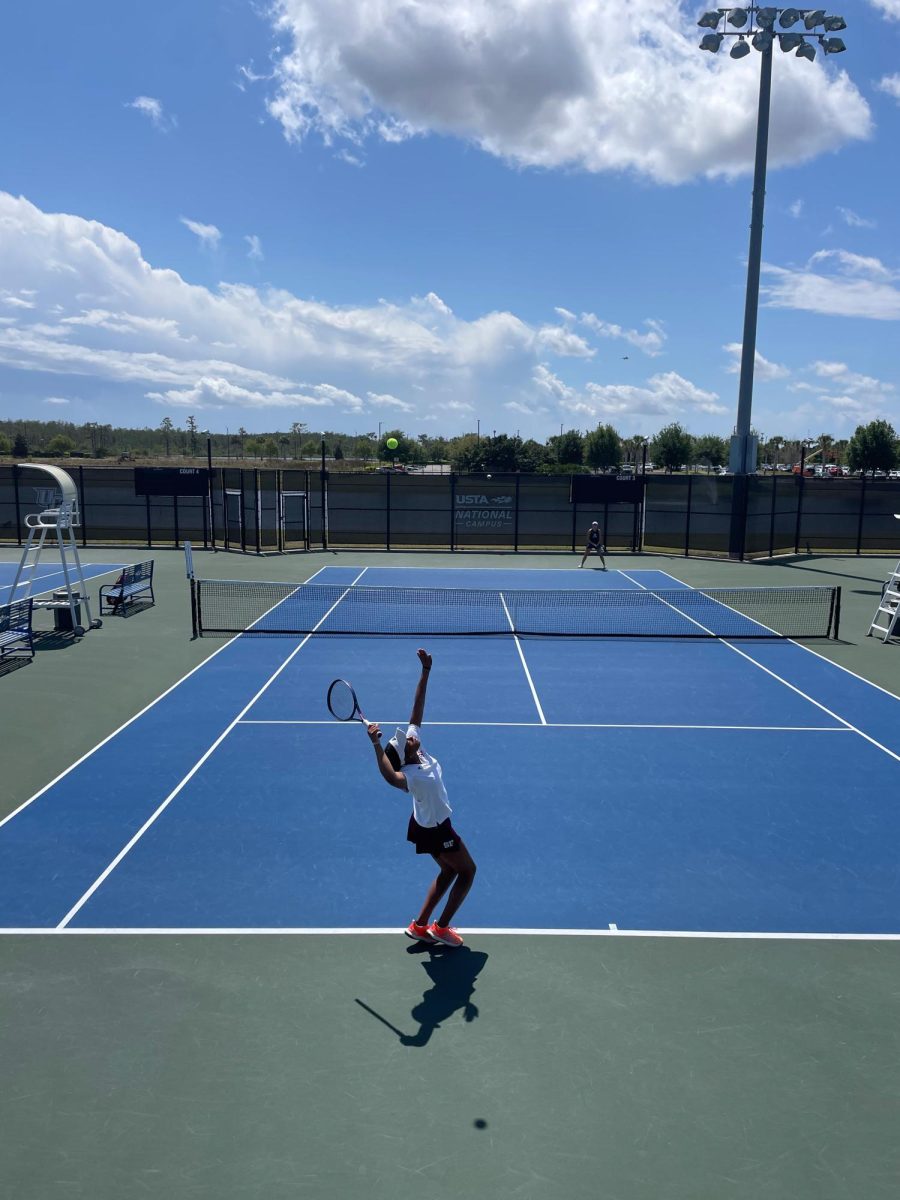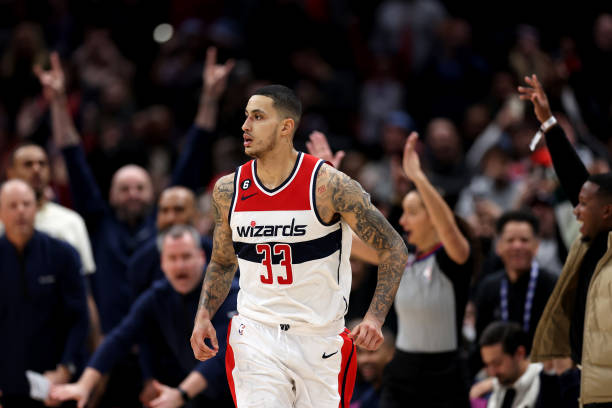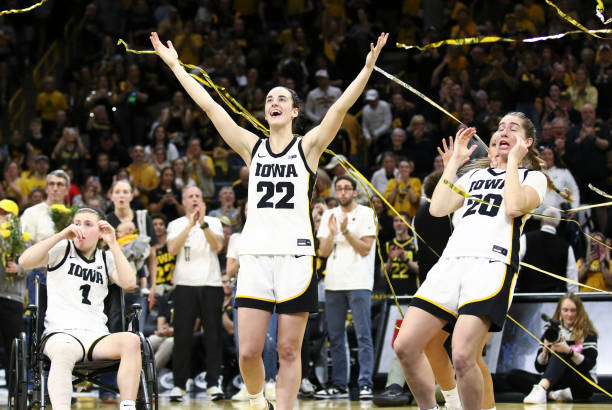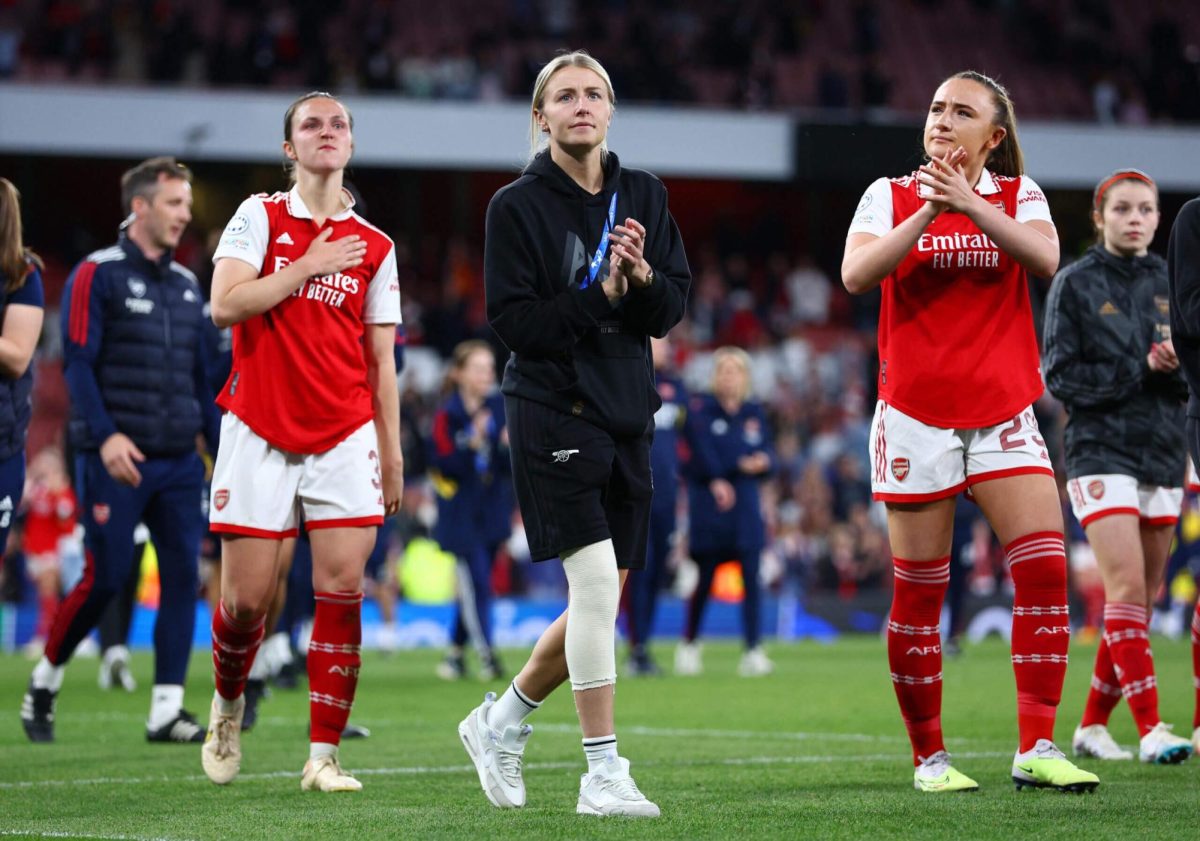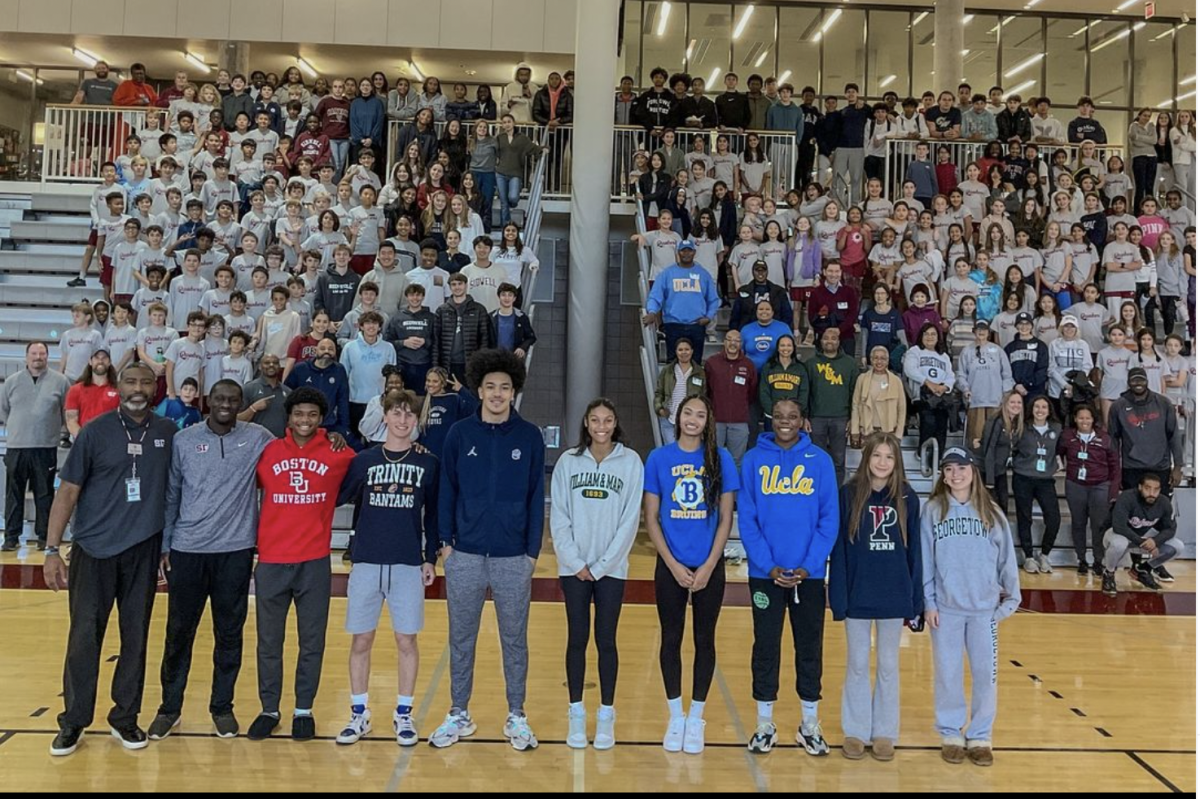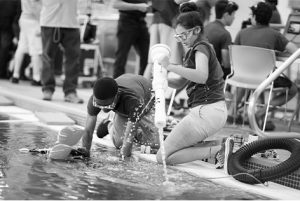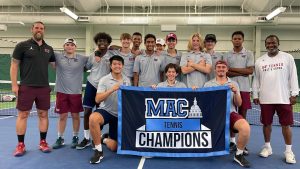In recent years, there have been growing concerns about the increasing number of Anterior Cruciate Ligament (ACL) injuries in women’s soccer. The ACL is a crucial ligament that helps stabilize the knee joint, and it is most commonly torn during sports like soccer that involve quick stops and changes in direction. According to Dr. Bill Sterett, the Head Team Physician for the U.S. Women’s Ski Team, soccer has been the “top offender,” accounting for a staggering 53.2% of ACL injuries in high school female athletes.
The lengthy recovery time and performance-related issues after the injury has had a detrimental impact on many women’s soccer careers. Notable players like Catarina Macario, Leah Williamson, Beth Mead, Janine Beckie, Delphine Cascarino, Marie-Antoinette Katoto and Vivianne Miedema have all suffered ACL injuries which prevented them from participating in major tournaments. The New York Times reports that nearly 60 players in Europe’s top five leagues have torn their ACLs.
Recovery from an ACL injury is a long and challenging process. Typically, it takes about three months to return to everyday activities even as simple as walking, but for athletes looking to resume their sport, it can take eight months to a year. Physical therapy is an option for athletes with a partial tear, but this process without surgery risks future knee instability. A full tear requires ACL reconstruction surgery to regain full physical activity. After surgery, athletes undergo various forms of physical therapy to ensure proper healing.
There are several ways to help prevent ACL tears. Athletes can improve their balance and coordination through strength and flexibility workouts, sometimes labeled “prehab” workouts, before the season begins. Proper warm-up routines before matches, including stretches and sport-specific activities, are crucial to avoid ACL injury and other muscle-related issues. Practicing direction changes and landing techniques is also important, as inadequate knee bending during these movements increases the risk of ACL injury. According to Johns Hopkins Medicine, this is particularly significant for women, as they tend to land in a collapsing position when landing after a jump. Lastly, developing muscle strength in the core, lower body, quadriceps, hamstrings, hips and core can reduce the likelihood of ACL damage.
To address this issue, the Union of European Football Associations (UEFA) has assembled a group of experts in women’s health to study ACL injuries in women’s soccer. Forbes states that UEFA’s ACL injury awareness campaign will launch in the latter half of 2024, aiming to develop and distribute a prevention plan and raise awareness about the issue.








